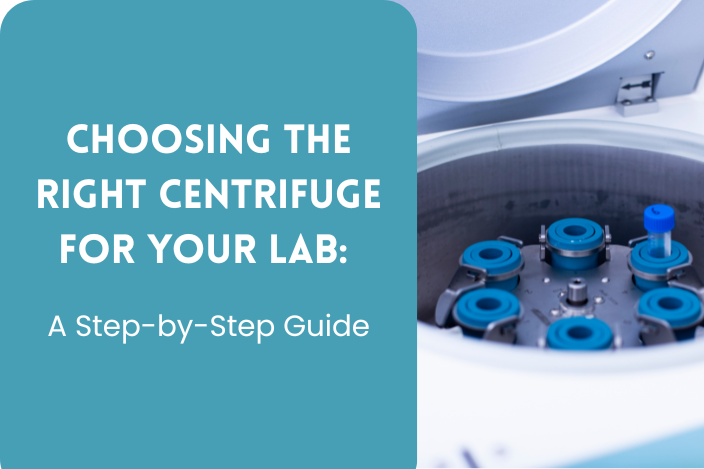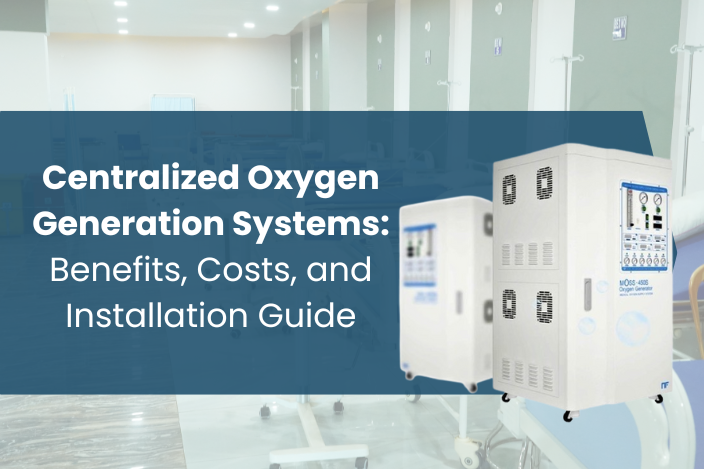
Published on 16-09-2025
Centralized Oxygen Generation Systems: Benefits, Costs, and Installation Guide
Introduction
Oxygen is vital across all medical facilities from emergency wards to intensive care units. A stable, high quality oxygen supply saves lives, improves surgical outcomes, and supports overall hospital functionality. As global healthcare standards rise, more institutions are moving away from oxygen cylinders and embracing centralized oxygen generation systems for efficiency, safety, and cost-effectiveness.
At Capri Medicals, we help healthcare providers install, operate, and maintain oxygen generation systems designed for modern clinical demands.
What Is a Centralized Oxygen Generation System?
A centralized oxygen generation system is a facility-based solution that produces medical-grade oxygen onsite and distributes it through pipelines or cylinders within the hospital. These systems eliminate reliance on refilling and transporting heavy oxygen cylinders.
Key Oxygen Generation Technologies
-
Pressure Swing Adsorption (PSA): Filters nitrogen from ambient air to isolate high-purity oxygen (~93% ±3%).
-
Vacuum PSA (VPSA): An energy-efficient variant used for larger setups.
-
Cryogenic Liquid Oxygen (LOX): Produces oxygen with >99% purity via cooling and distillation, suited for mega-scale operations.
Why Centralized Oxygen Generation Systems Matter
Improved Reliability
Hospitals no longer need to wait for oxygen deliveries. Onsite production ensures consistent supply during critical procedures, emergencies, or surges like pandemics.
Long-Term Cost Savings
While setup costs are higher than oxygen cylinders, the operational cost per liter of oxygen is significantly lower over time. Maintenance and electricity are predictable expenses, while cylinders involve recurring logistics and rental fees.
Scalable for Large Healthcare Facilities
Whether it's a 50-bed district hospital or a multi-specialty tertiary care center, centralized systems are modular and scalable.
Safer for Staff and Patients
Centralized systems reduce manual handling of cylinders, which pose risks of leaks, back injuries, and accidental drops. Integrated alarm systems and oxygen monitors ensure safe delivery.
For cost-efficient, safe, and scalable solutions, explore our Oxygen Generator System tailored to meet medical compliance standards.
How Do Centralized Systems Work?
Air Intake and Pre-Filtration
Ambient air is drawn in and passed through filters to remove dust, oil, and moisture. Pre-treatment ensures the oxygen remains contaminant-free.
Compression and Drying
An oil-free compressor pressurizes the clean air. Air dryers remove humidity, crucial for the adsorbent materials used in PSA systems.
Nitrogen Separation (PSA/VPSA)
Nitrogen is adsorbed using molecular sieves, leaving behind a high-purity oxygen stream. Twin-tower systems allow continuous production.
Oxygen Storage and Pipeline Distribution
Generated oxygen is stored in high-pressure tanks or cascaded into backup cylinders. Pipelines deliver oxygen to various points of use across the facility.
Control Systems and Safety Protocols
Real-time oxygen purity sensors, flow regulators, pressure alarms, and backup systems ensure uninterrupted, compliant operation.
We offer full turnkey solutions at Capri Medicals to help with site planning, installation, and compliance documentation.
Common Questions and Misconceptions
What is the purity of oxygen generated onsite?
Most PSA systems generate oxygen at 93% ±3%, which meets WHO and ISO standards. LOX systems offer >99% purity but are more complex and expensive to maintain.
Are centralized systems suitable for small clinics?
No. Clinics with limited oxygen use may find cylinders or portable concentrators more cost-effective. Centralized systems shine in facilities with 10+ beds and high flow demand.
Do I still need oxygen cylinders?
Yes, as a backup. In power outages or maintenance cycles, cylinder backups ensure patient care is not interrupted.
Is installation difficult?
No, but it requires proper planning. Capri Medicals helps with everything from demand assessment to civil works and post-installation support.
What about safety?
Modern systems are equipped with automatic shutdowns, alarms, flame-retardant materials, and pressure relief valves. With routine maintenance and staff training, risks are minimal.
Costs and Return on Investment
Upfront Costs
-
PSA System: Equipment, civil work, piping, and electricals.
-
LOX Plant: Higher setup cost with cryogenic tanks and infrastructure.
Operational Costs
-
Electricity (compressor, dryer, control unit)
-
Filter replacements
-
Annual maintenance
Despite the capital expense, systems can pay for themselves within 2–3 years when compared to the recurring cost of oxygen cylinders.
If you’re looking for pricing or customization options, contact Capri Medicals for a tailored quote.
Conclusion
Centralized oxygen generation systems are the future of clinical oxygen supply. With increasing patient loads, environmental pressures, and logistical limitations, hospitals must adopt sustainable solutions that improve care and reduce costs.
At Capri Medicals, we offer state-of-the-art Oxygen Generator Systems backed by expert guidance and installation services. From initial planning to post-sale support, we’re with you at every stage.
Browse all products or reach out via caprimedicals.com to start your upgrade to a smarter oxygen infrastructure.
.png)
ICU Beds: Three Function vs Five Function Beds – A
.png)
Patient Monitors Explained: Features, Functions &
.png)
Defibrillators in Emergency Care: What Hospitals S
.png)
Top 10 Essential Equipment for Setting Up a Modern
.png)
Dental Equipment Trends 2025: From Panoramic Machi
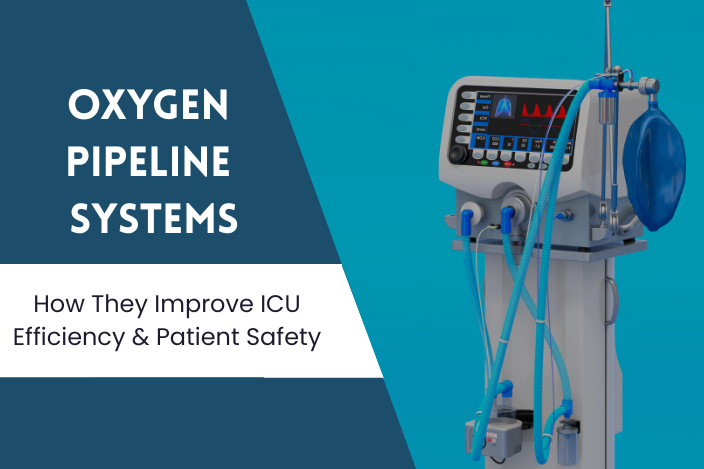
Oxygen Pipeline Systems: How They Improve ICU Effi
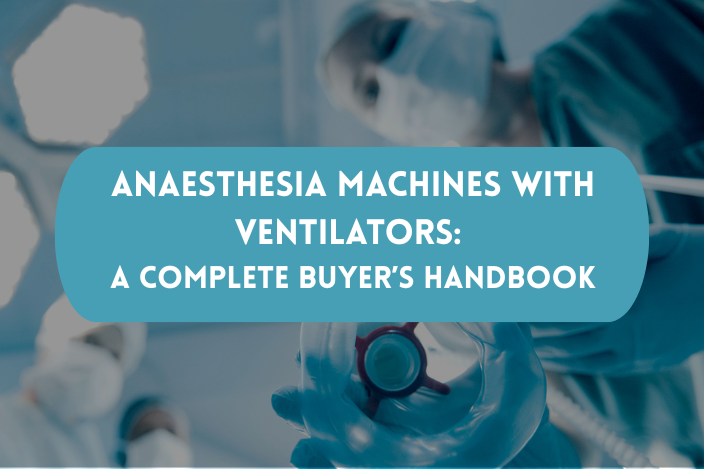
Anaesthesia Machines with Ventilators: A Complete
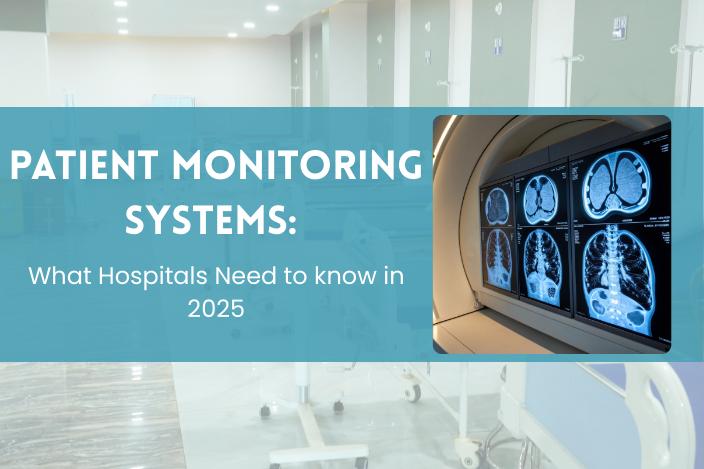
Patient Monitoring Systems: What Hospitals Need to
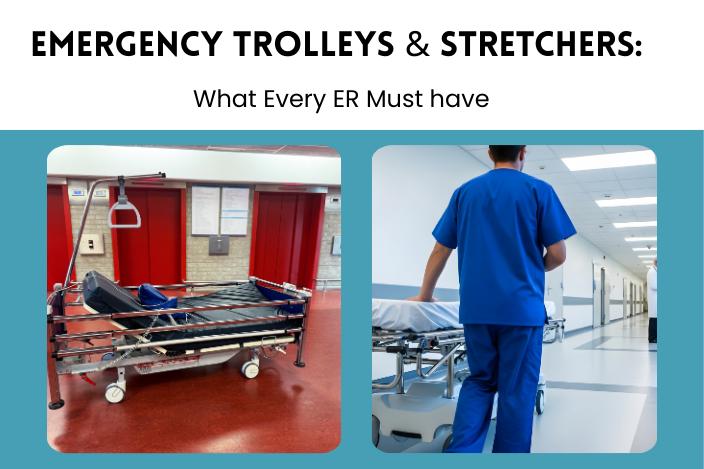
Emergency Trolleys & Stretchers: What Every ER Mus
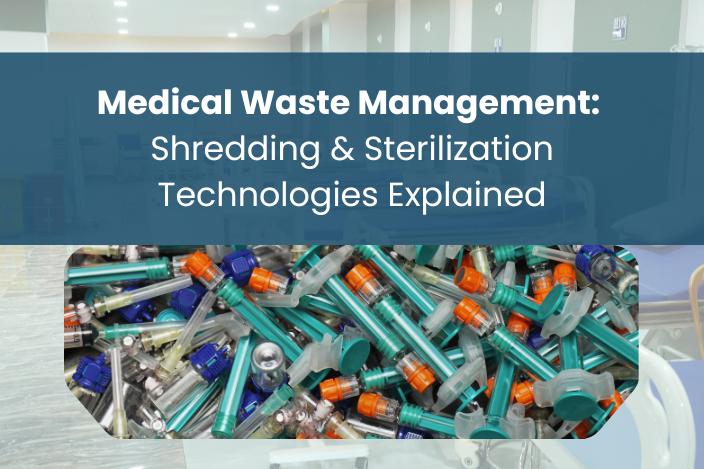
Medical Waste Management: Shredding & Sterilizatio
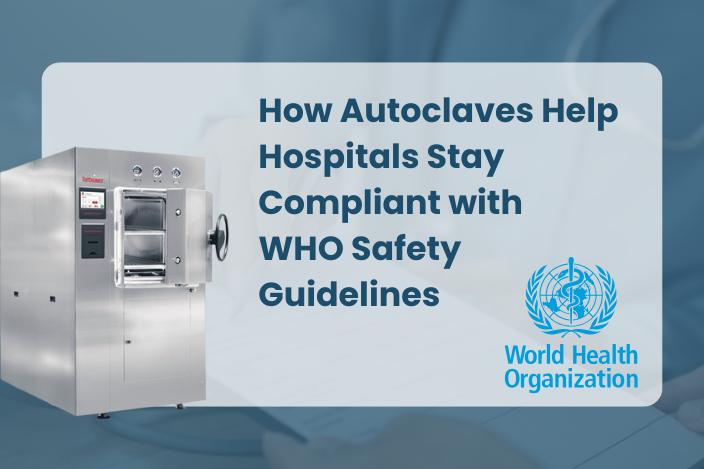
How Autoclaves Help Hospitals Stay Compliant with
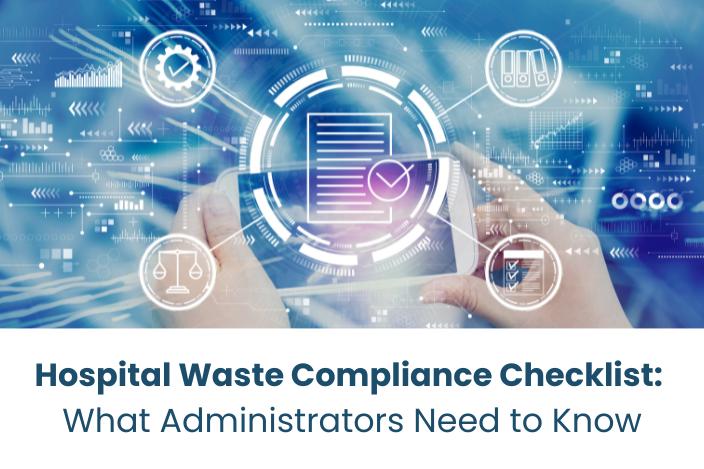
Hospital Waste Compliance Checklist: What Administ
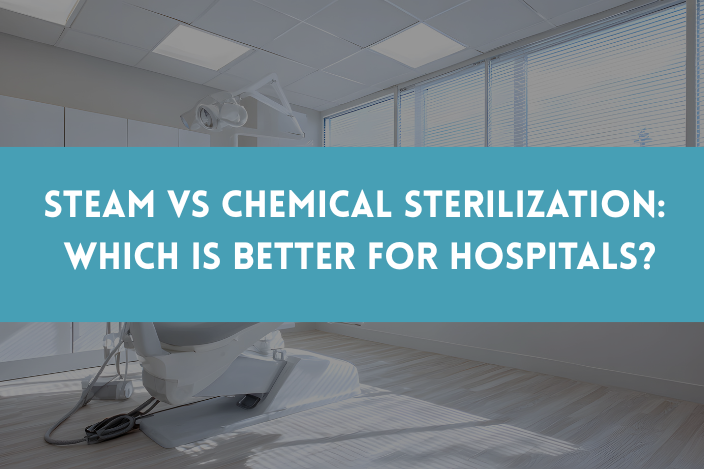
Steam vs Chemical Sterilization: Which is Better f
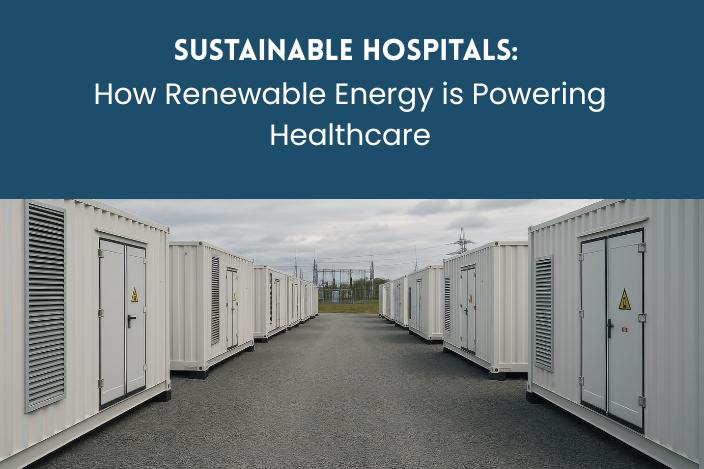
Sustainable Hospitals: How Renewable Energy is Pow
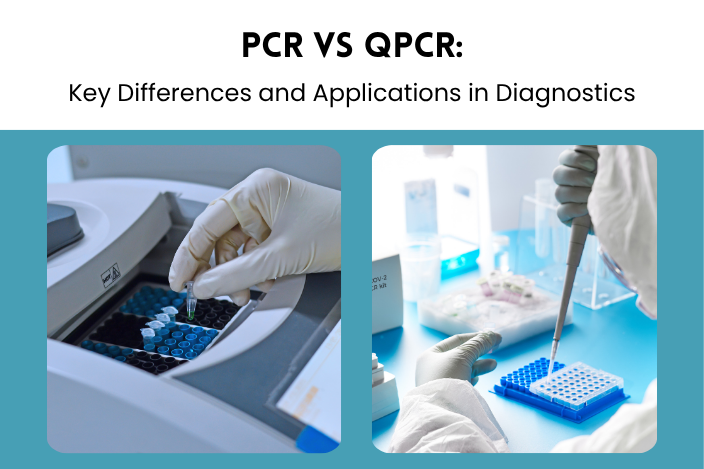
PCR vs qPCR: Key Differences and Applications in D
